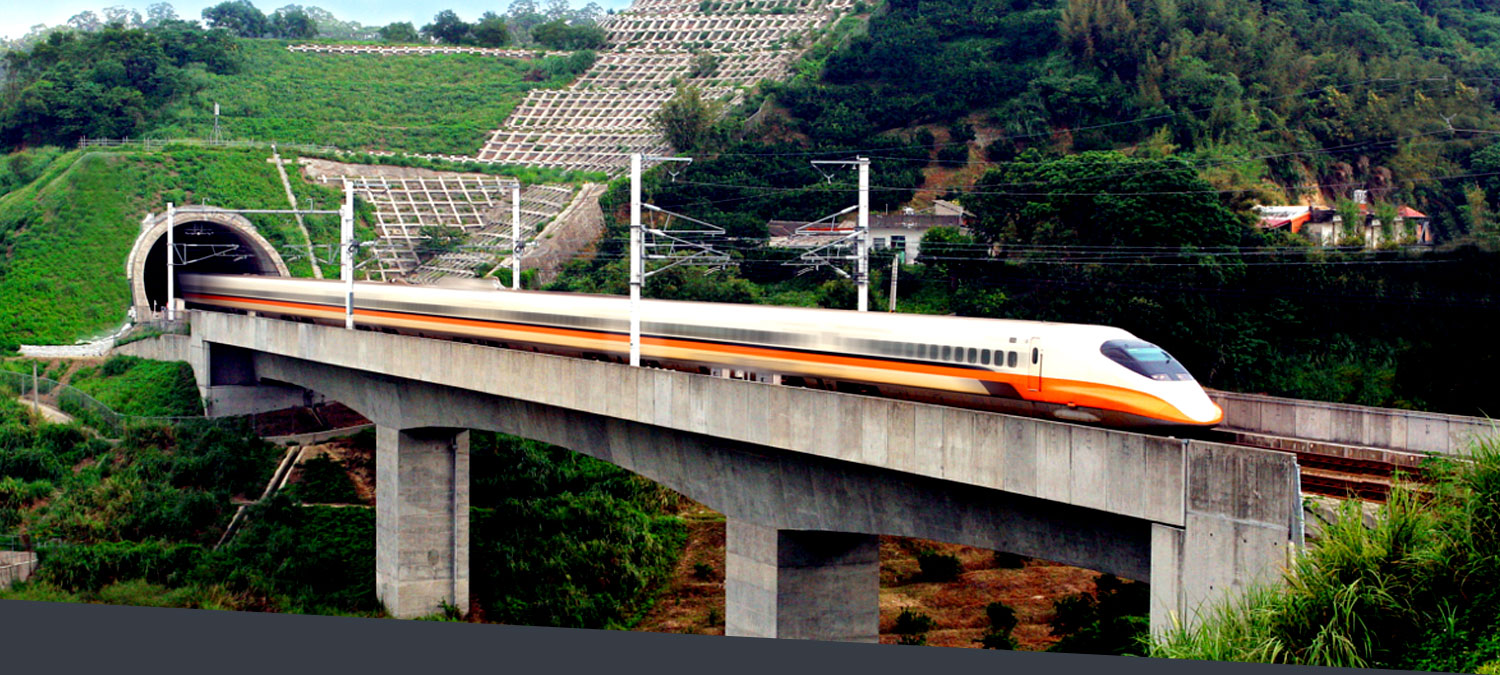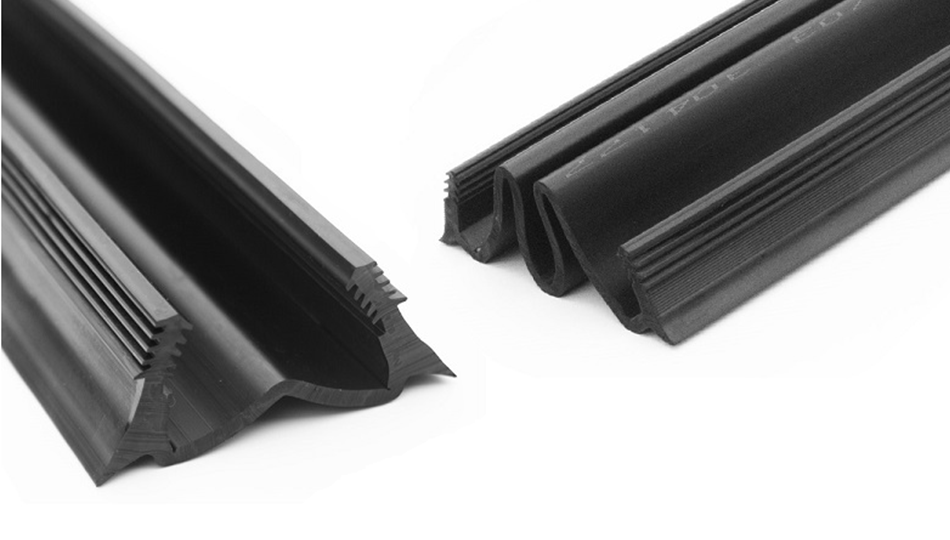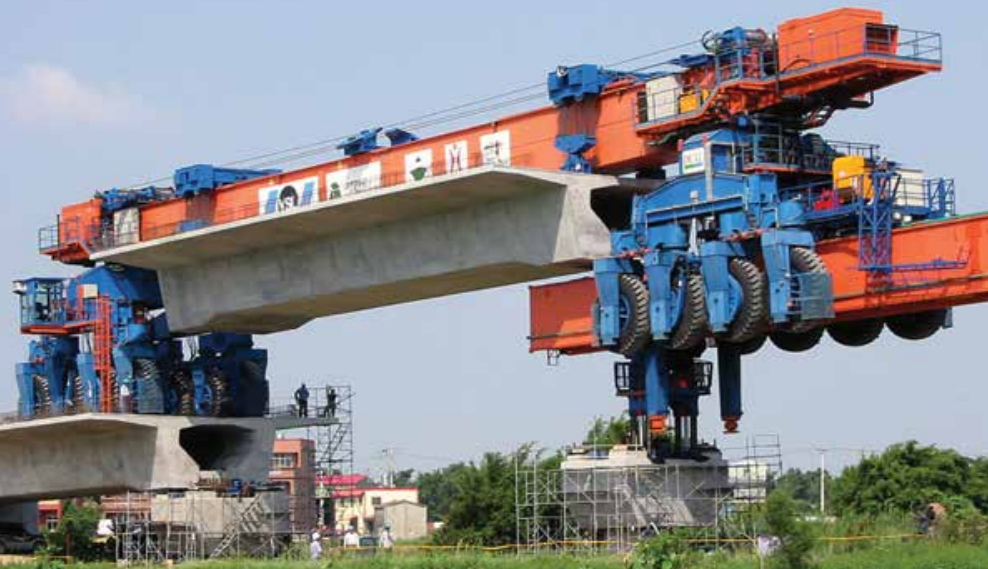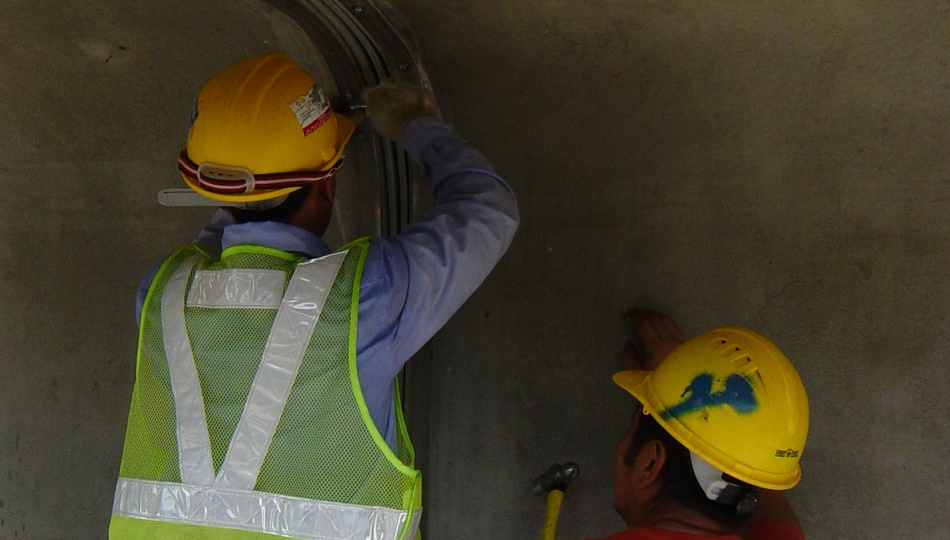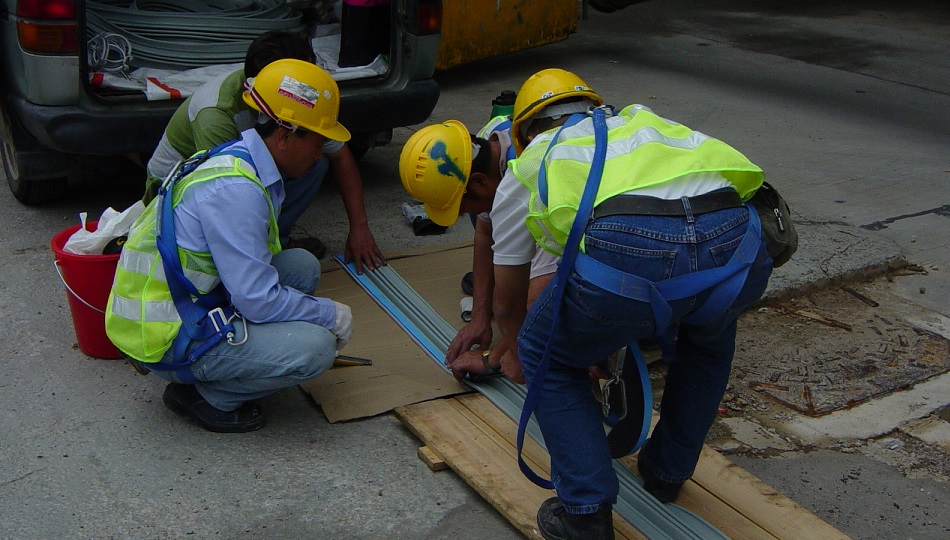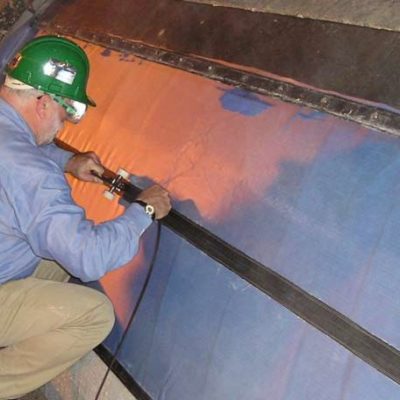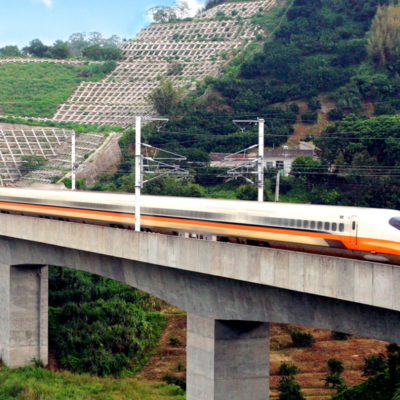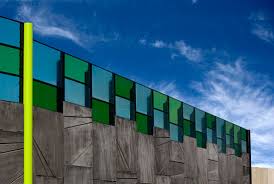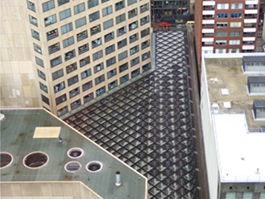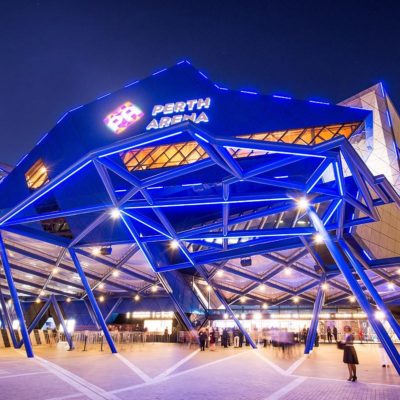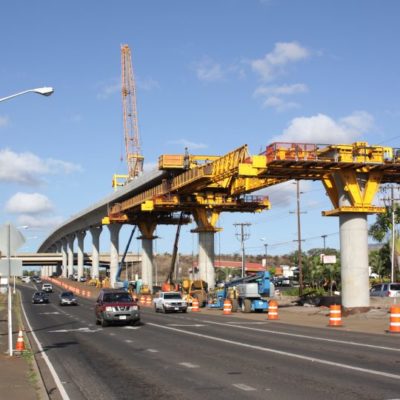Boss Polymer Technologies and Granor Rubber supplied VSL Hong Kong with two specialty, custom designed expansion joints for use in the Taiwan High Speed Rail Project (THSR).
The THSR is a 345km long, high-speed rail line that spans Taiwan’s west coast. Due to Taiwan’s rugged and hilly terrain, much of the rail line had to be elevated. Sections of this elevated track were contracted for design and installation by VSL Hong Kong. To complete the project, VSL Hong Kong required a highly specialised custom Expansion Joint to be installed between the precast concrete sections of the segmental bridge.
Due to Taiwan’s high earthquake risk, the Expansion Joint required a higher than average range of movement. VSL specified that the Expansion Joint must be able to compress to a width of 50mm and expand up to 350mm. VSL also specified that the material used must offer a 30 year life expectancy and have excellent physical properties. In order to achieve this, a speciality designed EPDM rubber compound was developed specifically for this project.
Over 15,000 lineal metres of Expansion Joint was produced, which filled several 40 foot containers.
Make an Enquiry